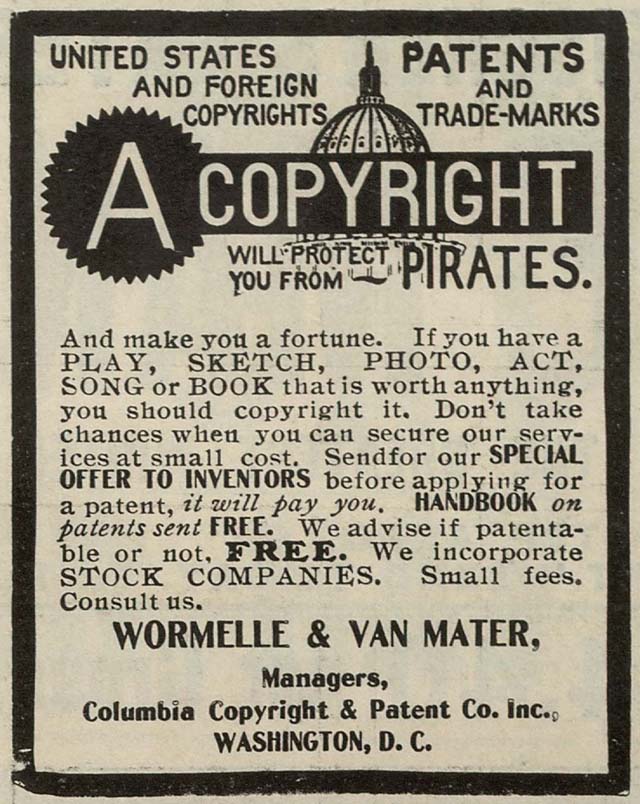Copyright Laws and Fair Use on the Web


What is Copyright?
Grounded in the U.S. Constitution and granted by law, copyright is a form of protection of authorship that covers both published and unpublished works which must be "fixed in a tangible medium of expression." This means that the work must exist for some period of time in some physical form. Copyright protects works such as poetry, video games, plays, paintings, sheet music, novels, sculptures, photographs, movies, choreography, recorded music performances, CD-ROMs, and architectural designs.
The Treasure Hunt for Basic Copyright Knowledge
First off to start the Treasure Hunt, please download this Treasure Hunt .pdf worksheet or this MS Word .doc worksheet.
You will be going to four different web address to answer the questions for this first section:
- Copyright Protect
- Copyright General
- Stanford University Fair Use
- Standford University Copyright Protection
What is Public Domain?
When a work becomes available for use without permission from a copyright owner, or in other words, available for use without the authors' permission, it considered to be "public domain". Most works enter the public domain because their copyrights have expired. Public domain images are different than Creative Commons licensed images as these photos and images you can also download and used for free, but these images are still protected under the country's copyright laws. These pieces of work are licensed under the Creative Commons (CC).
The Treasure Hunt for Knowledge on Public Domain
This treasure hunting ground on "public domain" in the worksheet takes you to four new web address:
- Images at Wikipedia, Wikimedia Commons, are Public Domain
- Public Domain vs Creative Commons Licensed Images
- Using Google Images? Think about copyright permissions
- Support at Google Find free-to-use Images
[Answer Key] Check your answers when you are finished.